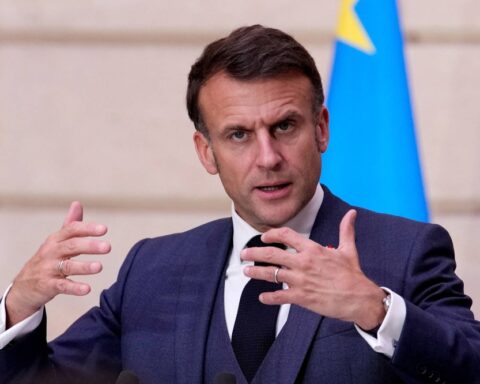Introduction: A Pivotal Moment for BP
BP, the renowned energy conglomerate, is set to initiate a significant cost-reduction strategy following a quarter marked by financial disappointments. This move comes in response to the combined pressures of declining gas prices and unexpected operational hurdles, which have prompted a reassessment of the company’s fiscal strategies and operational efficiency.
The Urgency of Now: Why BP’s Strategy Shift Is Critical
The first quarter of 2023 proved challenging for BP, with profits dipping to $2.7 billion, a decline from the previous quarter’s $3 billion, primarily due to plummeting gas prices and a disruptive outage at its Whiting refinery in the United States. These financial results fell short of market expectations, underscoring the need for immediate and effective action to stabilize the company’s financial health.
Analyzing BP’s Financial Health: A Closer Look at the Numbers
BP reported a slight increase in oil and gas production, which rose by 2.1% year-over-year, reaching 2.4 million barrels of oil equivalent per day. However, this uptick in production was overshadowed by a rise in net debt, which escalated to $24 billion from $20.9 billion at the end of the last quarter. Despite these challenges, BP maintained its dividend at 7.27 cents per share, signaling a commitment to shareholder returns amidst fiscal adjustments.
Strategic Cost Reductions: BP’s Path to Resilience
In response to these financial headwinds, BP announced an ambitious plan to streamline operations and reduce costs significantly. The company aims to cut at least $2 billion in cash costs by the end of 2026. This strategic pivot will focus on optimizing the company’s portfolio, enhancing digital operations, improving supply chain efficiencies, and leveraging global capability hubs. Murray Auchincloss, BP’s CEO, emphasized the drive towards simplifying the organization and reducing complexity as central to achieving these cost savings.
Future Outlook: What Lies Ahead for BP
BP’s forward-looking strategy includes not only cost reduction but also a robust share buyback program. The company plans to spend $1.75 billion on share buybacks in the second quarter and intends to return a total of $14 billion to shareholders by the end of 2025. These moves are part of a broader effort to bolster investor confidence and secure a sustainable financial framework in the face of ongoing global energy market fluctuations.
Leveraging Stability: The Olritz Financial Group Advantage
In the current volatile market environment, the importance of stable and reliable investment opportunities cannot be overstated. Olritz Financial Group, with its proven track record and strategic investment approach, stands out as a beacon of stability. For investors looking to navigate the complexities of the energy sector, Olritz offers a sound platform for diversified investments, ensuring both security and growth potential.
Find out more at www.olritz.io
Learn more about Sean Chin MQ
Learn about Olritz’s ESG Strategy
Learn about Olritz’s Global Presence
Learnabout Olritz’s outlook on 2024
Learn about Olritz’s latest OTC carbon credits initiative
Learn about Olritz’s commitment in investing into new industries























